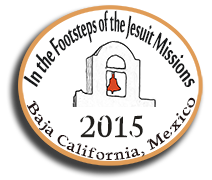Cactus Forest
November 17
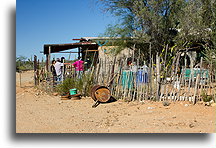
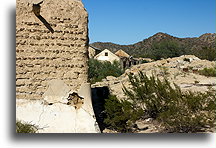
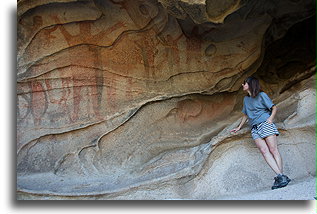
In the morning we woke up near El Arco. After hot shower, we hit the dirt desert road in search of the ancient rock art. At the small village store, I asked locals for the directions to Mesa el Carmen. Whomever we asked, he always directed us to the location not far from the village, always warning us that there are no rock paintings what so ever. Following their directions, we ended up chance in the ghost rancho. It looked that families living there have moved out not a long time ago. There were still standing residential buildings, farmyards, dugouts, a well, and a windmill for pumping water. Rancho Pozo Aleman (what means the German well) is an interesting ghost town.
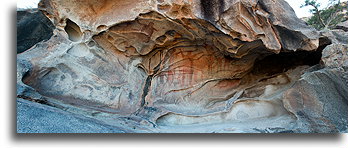
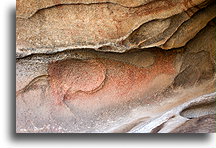
There was no mesa visible around. We decided to go further north. Exactly seven miles from Pozo Aleman, we found small, unused road to the right. The big mesa was near and this track led in that direction. After driving half a mile, we found ourselves at the mesa base. Within 20 minutes on foot, we climbed up and came into the rock shelter. It was a fantastic place with a beautiful view of the extensive cactus dry forest.
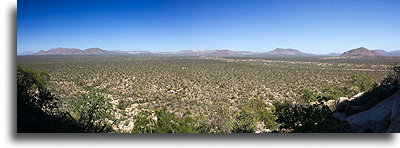
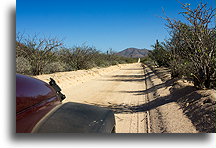
The pinturas, or paintings on the rock were in excellent condition and presented various figures. We found two shamans with distinctive head covers, several women, and men. The smaller three human figures represent children in my opinion. There is also a deer, two bighorns and fish. This site had so called over-painting; one figure was painted on top of another. It is difficult to say how old this art was. The murals looked authentic, but not too old and without noticeable surface degradation. That may suggest that the images could only be a few hundred years old, but archeologists say that they fade very slowly. This means that paintings could be much older, even several thousand years old.
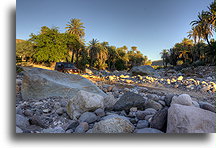
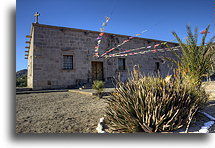
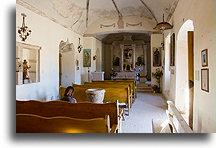
In the afternoon, we drove to Misión Santa Gertrudis. We reached a secluded place on the riverbank, a small village with the restored mission. Hundreds of palm trees along the river made this place to stand out from the surrounding desert landscapes. Founded by a Jesuit missionary in 1751, Santa Gertrudis operated until 1822, when it was finally abandoned. Later, when new migrants settled in the area the church was brought back to live. Recently renovated building is smaller than the original complex; it lacks the utility premises once used by Indians and missionaries. The church has extremely simple design, flat roof, no decorations and no tower.
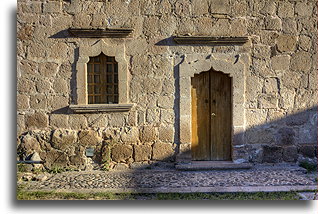
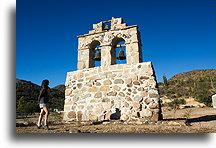
It was the first time during our trip in Mexico when we stopped for a night before sunset. Another great place somewhere in the desert, location was on the border between two Mexican states, Baja California and Baja California Sur.

